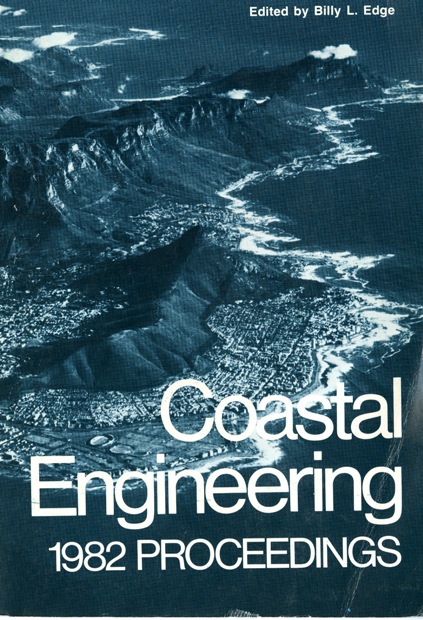Abstract
By the end of the nineteenth century, scientists had succeeded in achieving the ability to make reasonably accurate tide predictions by the harmonic method (Schureman, 1941). Except for the building of larger and more sophisticated mechanical tide prediction machines using the harmonic technique, tidal mathematicians more or less rested on their laurels during the first half of the twentieth century; indeed, many scientists assumed there was no need for further tidal research. It is ironic that one of the very few geophysical sciences that already had acceptable methods of prediction should become the subject of significant improvement during the last half of this century. These improvements include: 1) least square analysis for all tidal constituents simultaneously, 2) response analysis and prediction, 3) extended harmonic analysis, 4) tidal measurements in deep water on the ocean floor, and 5) global numerical models of tides.
Authors retain copyright and grant the Proceedings right of first publication with the work simultaneously licensed under a Creative Commons Attribution License that allows others to share the work with an acknowledgement of the work's authorship and initial publication in this Proceedings.

